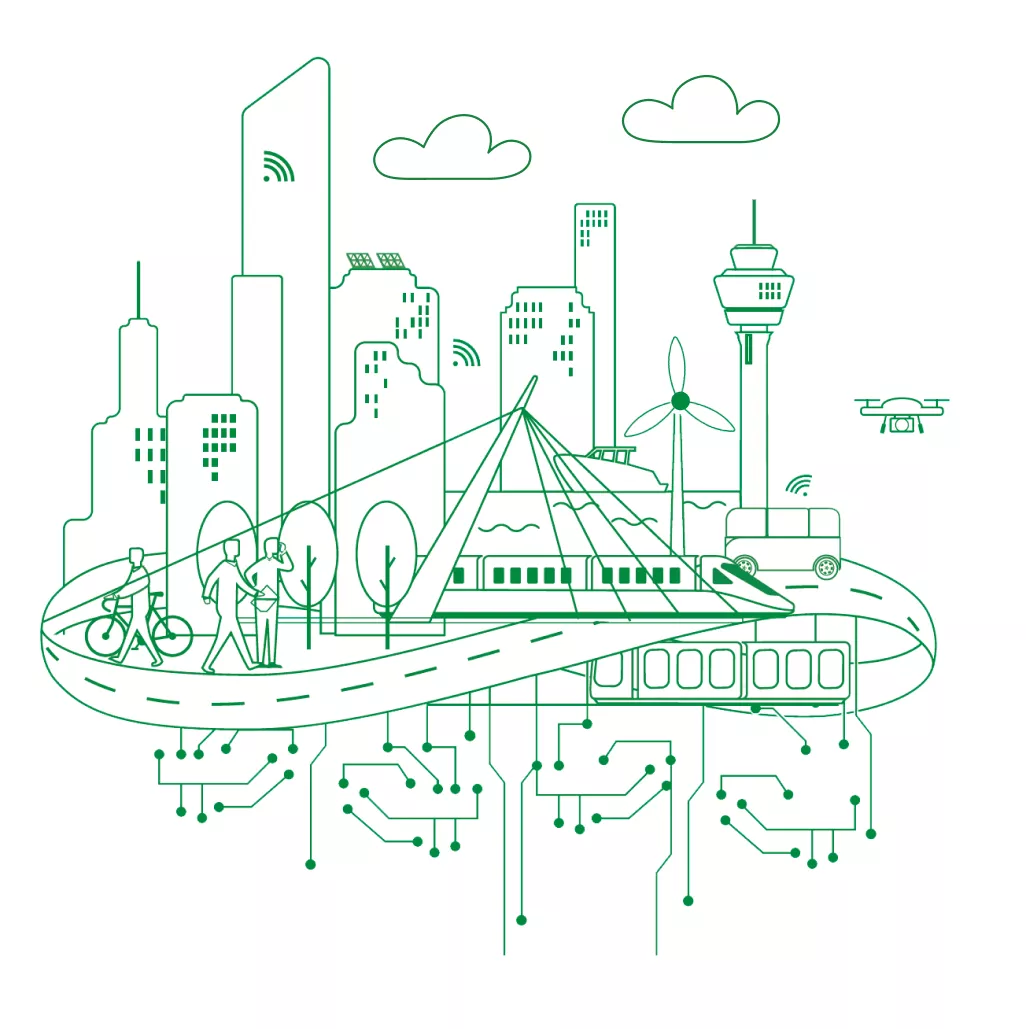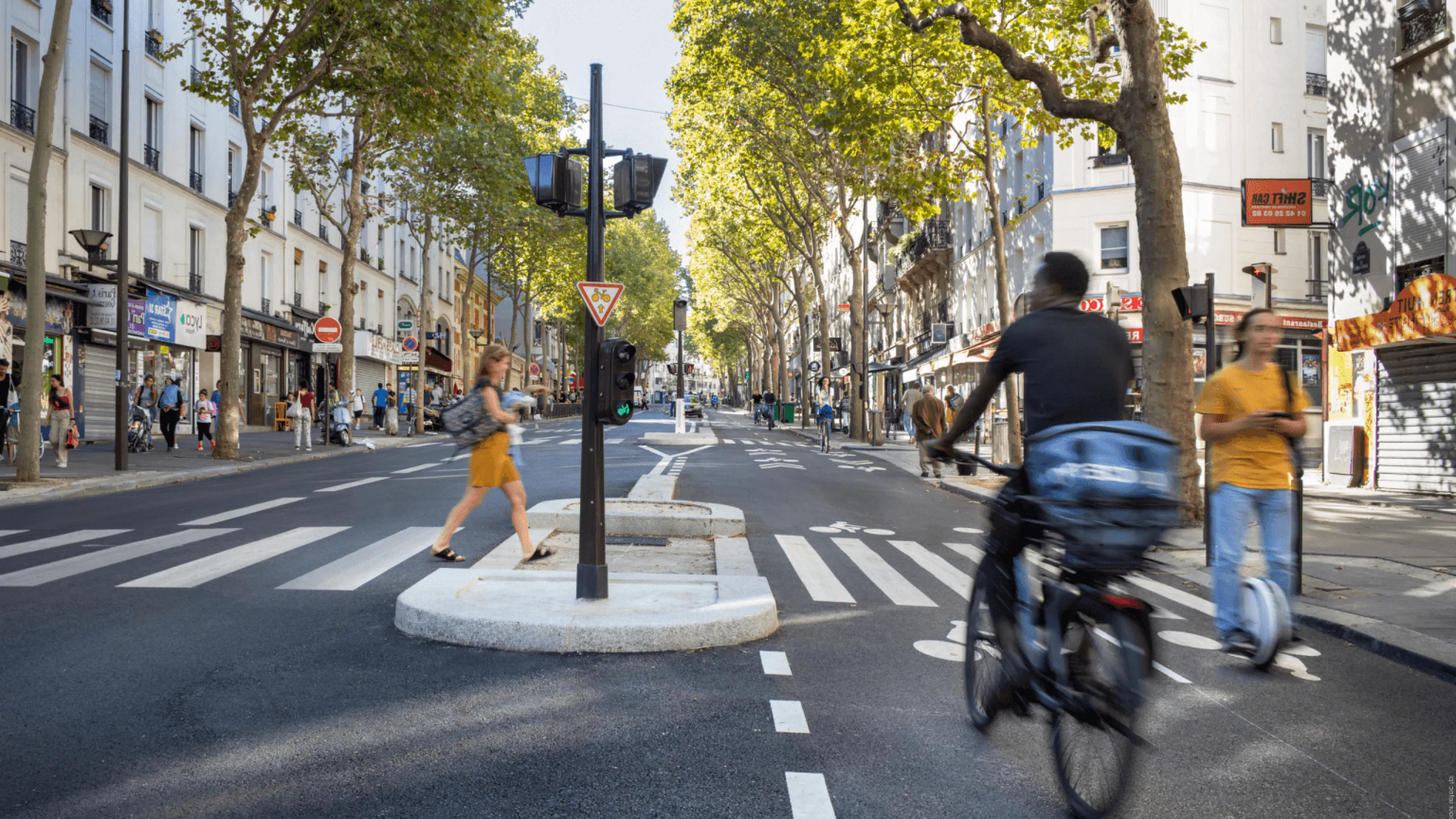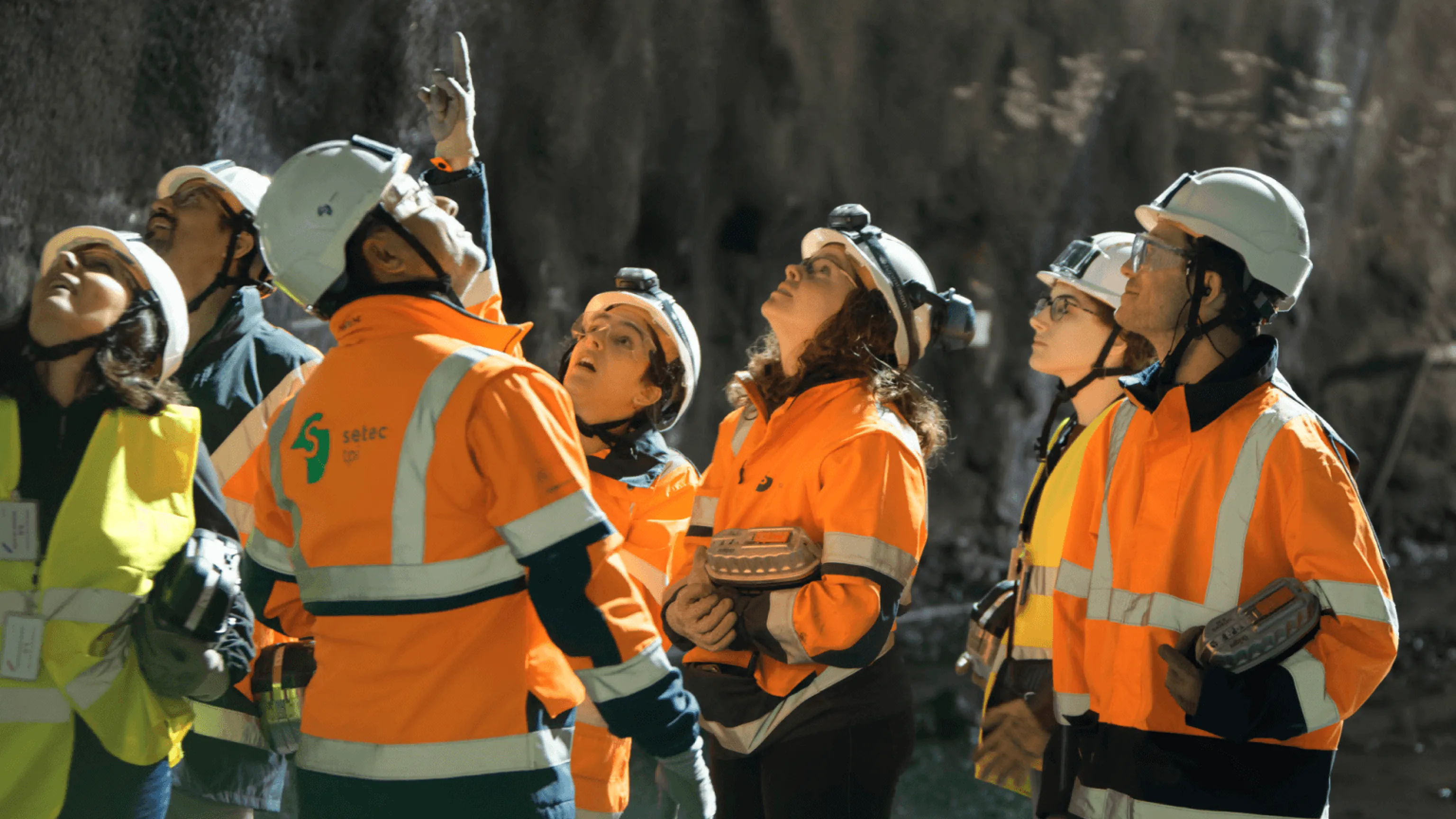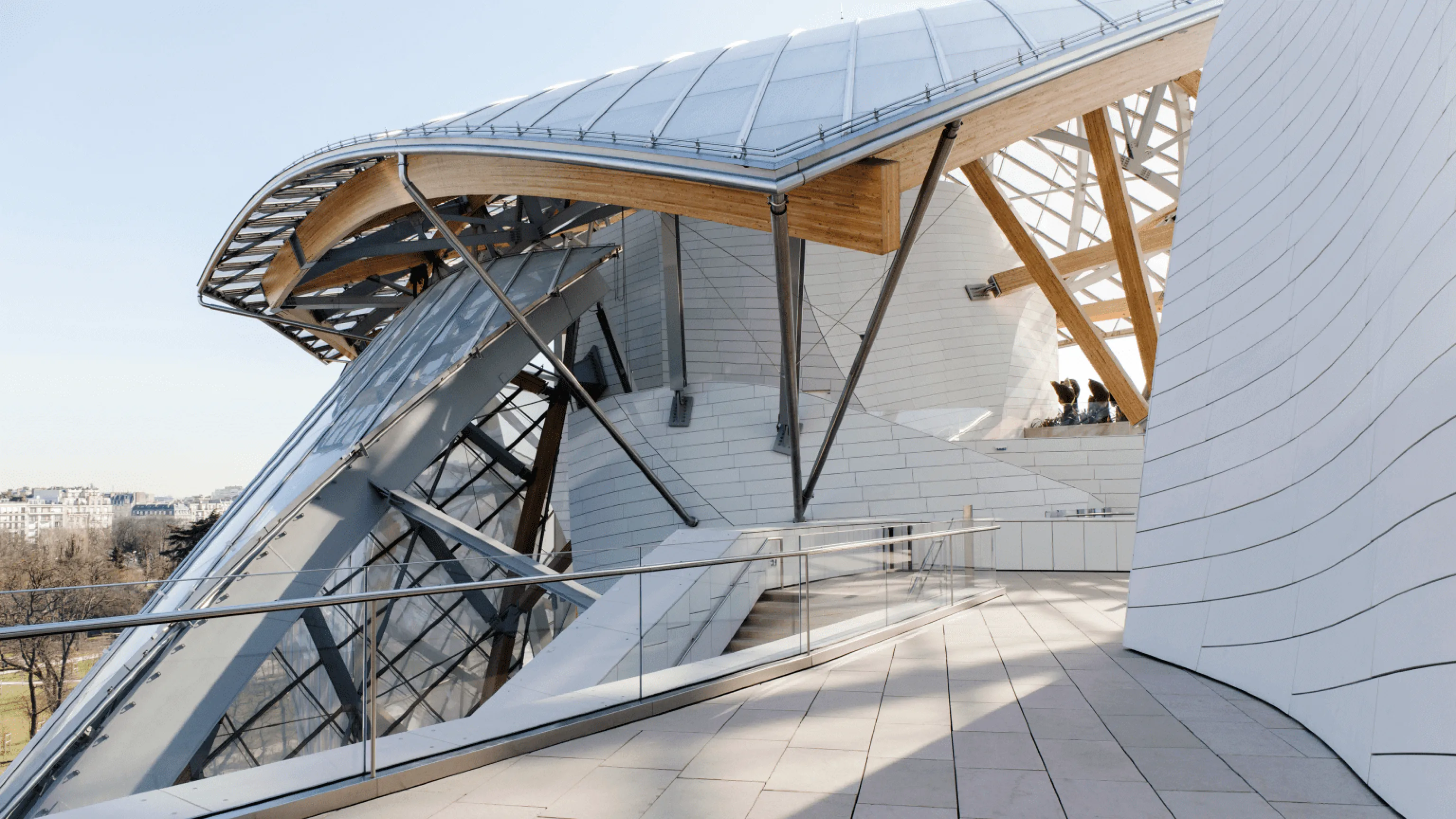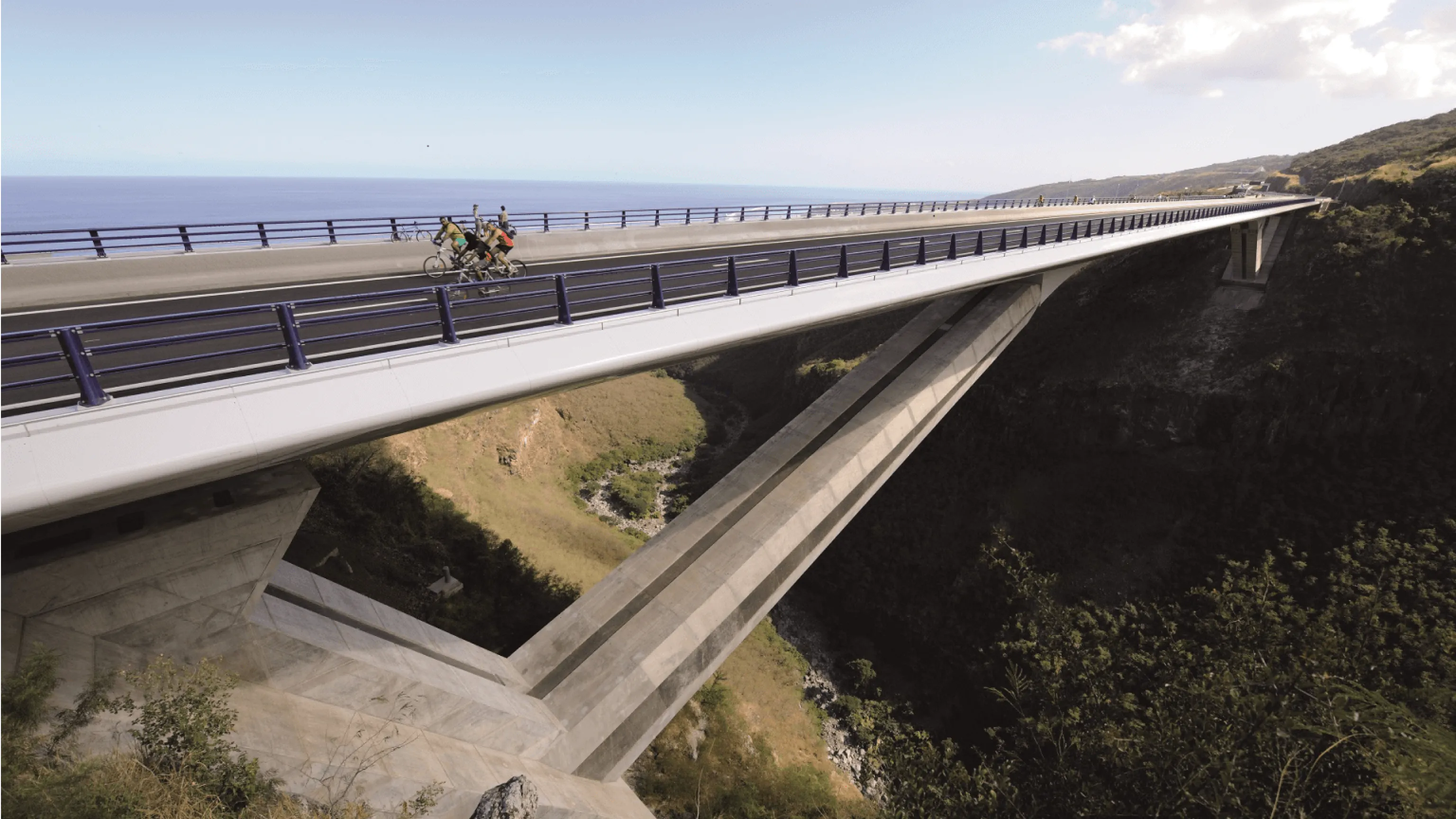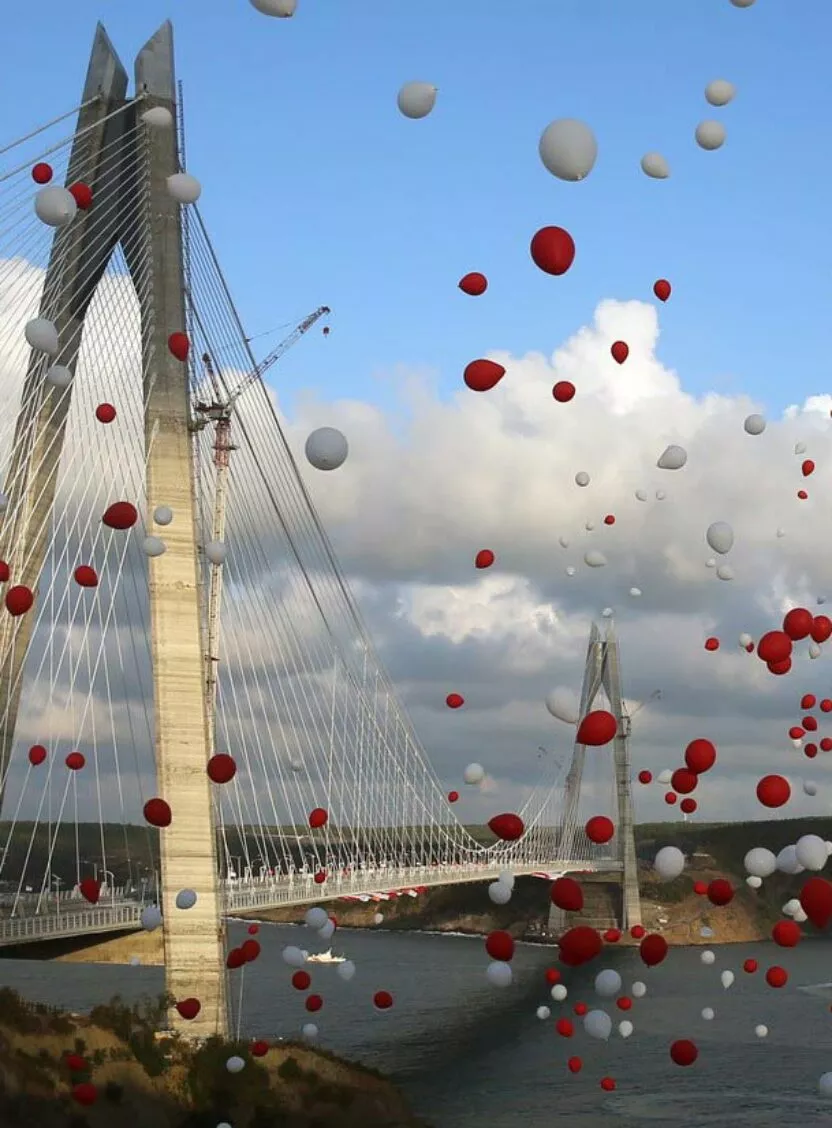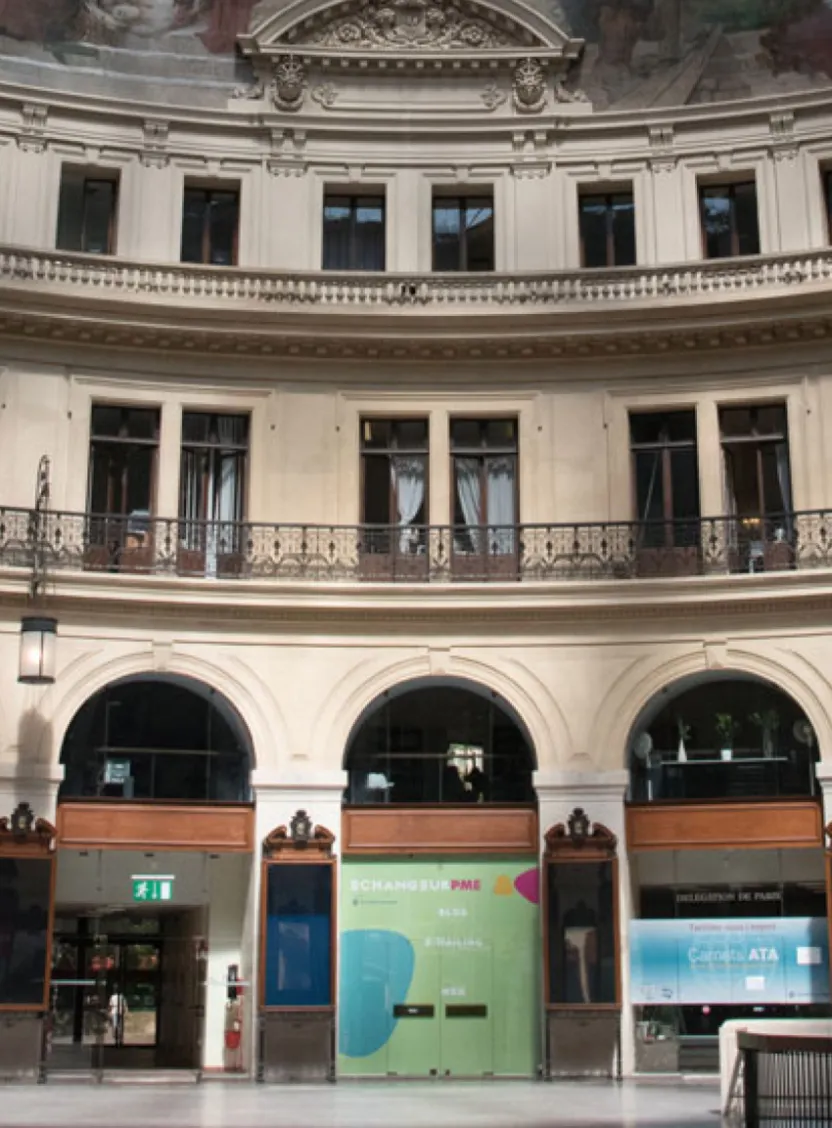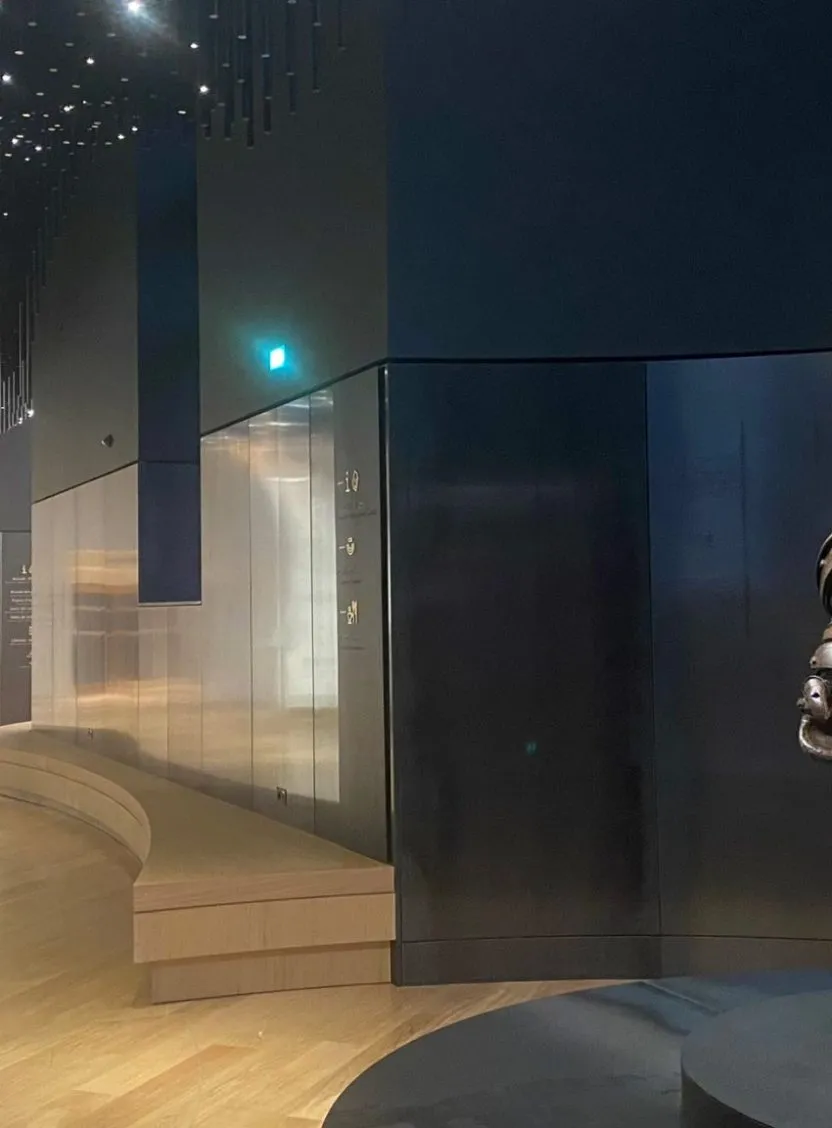Respect de l’environnement, éco-construction, mobilité et transports, croissance urbaine, énergies : ces grands défis contemporains sont au cœur de nos préoccupations au quotidien. En tant qu’ingénieurs, c’est l’esprit scientifique, l’excellence technique et le goût pour les projets bien menés qui nous guident pour y apporter des réponses. En tant que citoyens, nous souhaitons aussi faire bouger les lignes et porter des projets compatibles avec nos valeurs. Dans chacun de nos métiers, nous apportons notre pierre à l’édifice pour créer une ingénierie plus responsable. Parce que nous sommes à la fois Ingénieurs & Citoyens.
AGIR
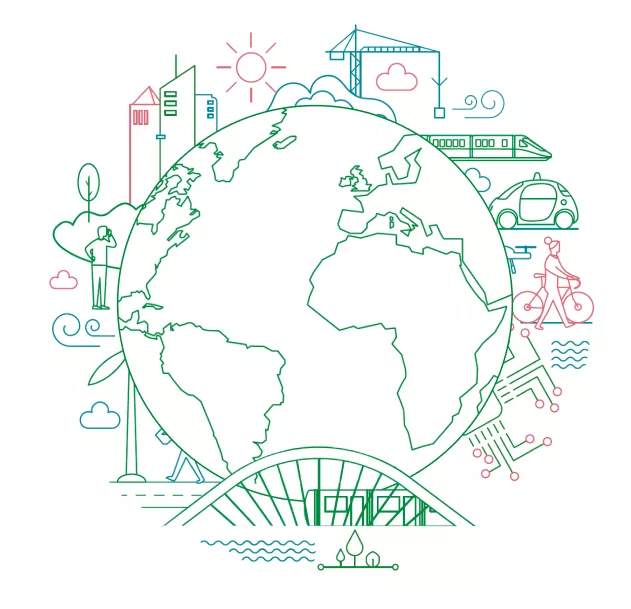
référents ingénieurs et citoyens dans le groupe
Nous nous engageons à :
- Présenter systématiquement des alternatives bas-carbone à toutes les étapes de votre projet.
- Accompagner nos clients publics et privés dans la mise en place de mesures d’adaptation au changement climatique, allant de la stratégie au suivi de la mise en œuvre des réponses à apporter.

offres de services numériques seront disponibles pour nos métiers et nos clients en 2025.
Nous nous engageons à :
- Réduire l’impact environnemental de l’outil numérique et favoriser l’adoption d’attitudes modérées et vertueuses de ces outils.
- Mettre en œuvre la transformation numérique du Groupe en intégrant une dimension technologique (gestion des données, automatisations, intelligence artificielle…) et humaine (la gestion des talents et des compétences, l’accompagnement du changement et la communication interne.)

du chiffre d’affaires du groupe a été réalisé à l’international en 2022.
Nous nous engageons à :
- Contribuer à des grands projets internationaux, en particulier les ouvrages neufs de grande ampleur dans des pays « en voie d’équipement ».
- Miser sur les compétences locales qui émergent dans les filiales grâce à l’hybridation des compétences du Groupe, proposer notre savoir-faire technique et notre expertise directement ou en appui des ingénieries locales et adapter nos interventions au contexte local.

c’est l’index d’égalité professionnelle 2023 du groupe setec.
Nous nous engageons à :
- Diversifier et renforcer nos relations avec les écoles et les universités à travers des partenariats durables, afin d’attirer nos talents de demain.
- Faire de notre diversité une richesse, en favorisant dans nos recrutements la pluralité des profils, des expériences, des nationalités et en promouvant nos métiers auprès des femmes.
Actualités
Projets

Biljana Kostic
Apprendre, agir et grandir, c’est l’engagement pris par le groupe Setec vis-à-vis de l’ensemble de ses collaborateurs.
Il guide toutes les actions que nous menons à la DRH groupe avec des équipes RH, des sociétés, des actions qui sont partagées, des objectifs communs pour attirer de nouveaux talents, participer au développement de notre expertise et de nos compétences en favorisant bien entendu l’épanouissement de nos collaborateurs, qu’ils soient en France ou à l’international.
Vivre l’expérience setec c’est vivre une expérience humaine et citoyenne avant tout.
Talents
Pourquoi choisir setecApprendre, agir et grandir, c’est l’engagement pris par le groupe Setec vis-à-vis de l’ensemble de ses collaborateurs.
Biljana Kostic Directrice des relations humaines - setec
Vous êtes passionné, exigeant, engagé ?
Devenez vous aussi ingénieur et citoyen !
Rejoignez-nous
